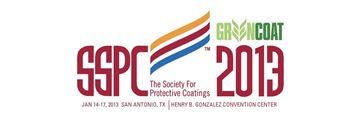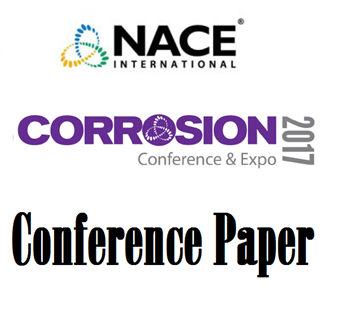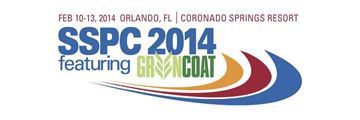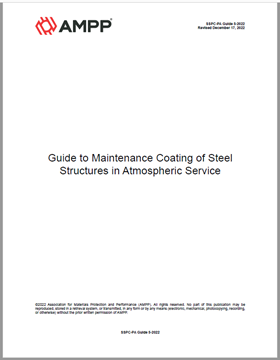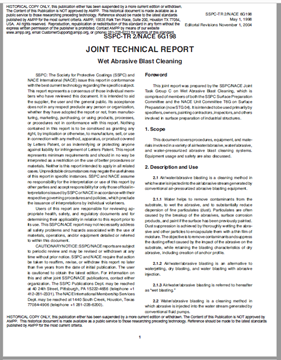Search
Products tagged with 'maintenance'
View as
Sort by
Display
per page
Partnering with the US Navy: Water Storage Tank Maintenance on a Global Scale
Product Number:
51219-219-SG
Publication Date:
2019
$20.00
Performance or Preference? City of Anoka Water Tank Reconditioning Revisited
Product Number:
41213-804-SG
Publication Date:
2013
$20.00
Review of Cathodic Protection Systems for Concrete Structures in Australia
Product Number:
51317--9024-SG
ISBN:
9024 2017 CP
Publication Date:
2017
$20.00
RP0572-HD1995-SG Design, Installation, Operation, and Maintenance of Impressed Current Deep Groundbeds-HD1995
Product Number:
21007-HD1995
Publication Date:
1995
$179.00
SP0108-2008, Corrosion Control of Offshore Structures by Protective Coatings
Product Number:
21126-SG
ISBN:
1-57590-218-4
Publication Date:
2008
$109.00
SP0108-2008-SG (Chinese), Corrosion Control of Offshore Structures by Protective Coatings
Product Number:
21145-SG
ISBN:
1-57590-237-0
Publication Date:
2008
$179.00
SP0111-2019, “Coating Technical File in Accordance with the IMO Performance Standard for Protective Coatings”
Product Number:
21153-SG
ISBN:
1-57590-245-1
Publication Date:
2019
$109.00
SP0111-HD2011, “Coating Technical File in Accordance with the IMO Performance Standard for Protective Coatings”
Product Number:
21153-HD2011
ISBN:
1-57590-245-1
Publication Date:
2011
$179.00
Spot Painting as a Bridge Preservation Tool
Product Number:
41214-835-SG
Publication Date:
2014
$20.00
SSPC-PA Guide 5-2022, Guide to Maintenance Coating of Steel Structures in Atmospheric Service
Product Number:
SSPC-PA Guide 5-2022
Publication Date:
2022
$109.00
SSPC-TR2/NACE Publication TR6G198-1998, Wet Abrasive Blast Cleaning
Product Number:
24199-SG
$179.00
Surface And Defect Preparation Using Atmospheric Plasma For Non-Metallic Pipe Repair
Product Number:
51322-18175-SG
Publication Date:
2022
$20.00


